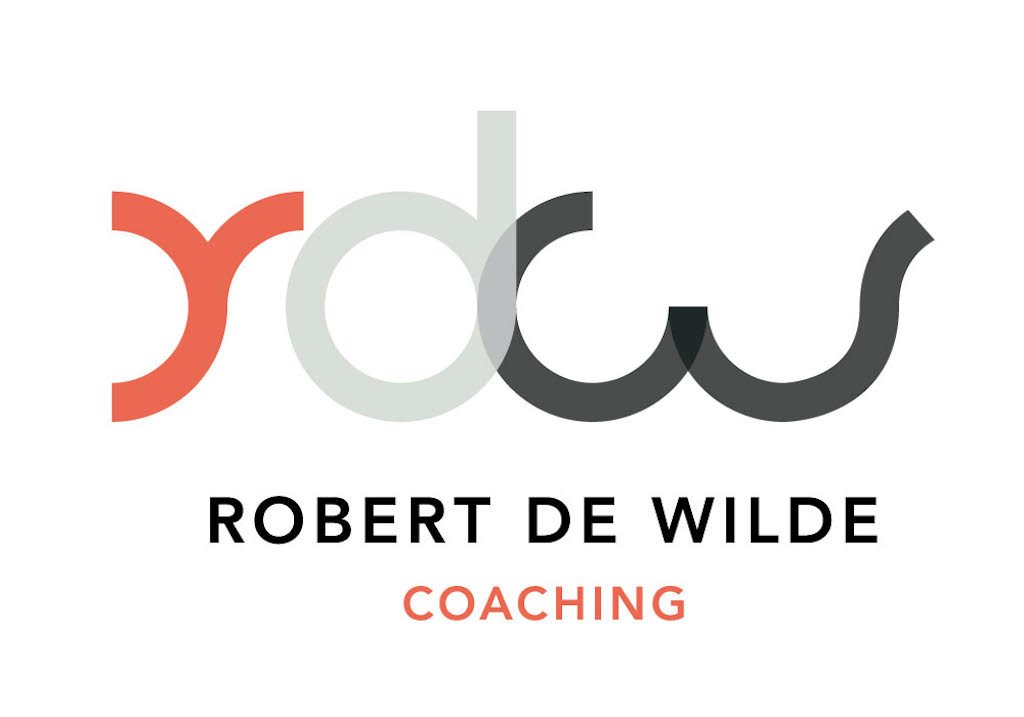A story on tattoos
Family and Team Coaching
As a facilitator and business coach Amsterdam I work with some amazing groups, for example in family and team sessions.
In these sessions I work together with the artist Hilarius Hofstede. According to Hilarius (a life-long established expert on bison art), there is more to tattoos than bling bling rappers and hipster tattoos.
“Tattoos tell us something about who we are and inform us of our common humanity”.
In tribal cultures, everyone, including the youngest ones, knew their place and knew exactly what to do, what was expected from them. There is a clear hierarchy in many of so-called tribal cultures. And this is reflected in their art of tattooing.
What does this mean for business coaching
When coaching teams, I consider it a good sign when everyone knows their position, whether in family or in business; the leaders, the young, the old, the cooks, the fire person (like my grandfather Pom), the artists, the fighters; when roles are clear, and there is no confusion on who does what. If the group is confused, there is little awareness of each other’s real values (who are you, what do you stand for). As Hilarius explained, the clarity of a social organization, so typical in old tribal villages, which is often lacking in our part of the world today. And unclarity or on respective roles of the members of the team (or tribe) leads, ultimately, to a less effective team. Family constellations (familieopstellingen) are partly based on these disturbances.
On the Marquesas (a group of volcanic islands in French Polynesia) there are facial spirals for warriors, hand tattooing for young women in order to be allowed to prepare breadfruit, special tattoos on feet and legs for chiefs or the marks for high births for females. Un-tattooed men historically were not allowed to eat with tattooed men and vice versa.
During coaching sessions with teams or families, we ask each member to create their own tattoo. The result is often revealing and beautiful. The tattoo, we use ink on paper, tells a story of the one wearing it. The tattoos are then assembled on a drawing, representing one body, the body of a family or corporate structure. As a group, we discuss and share what we see. How, and if, they relate.
Tattoos as a form of embodying your family values
According to my friend Hilarius, in traditional societies, tattoos were the description of:
MERIT, the young warrior after its first kill, or a special achievement or a female after giving birth; personal achievements, personal or as a family or team. We invite participants to think about their achievements, in put it into art. The second theme to be addressed in a tattoo is what we called:
FUTURE, the second theme. A wish for yourself or the family or team. You sketch the dream you may have. An intention. Then, lastly:
HISTORY: this is the story of your journey. Bear in mind that tattooing in the early days was extremely painful, which made tattooed men more attractive. Like giving birth for women is accompanied with pain. It (pain) is part of the journey. It makes us more humble, compassionate and mature.
What my learnings are from these tattoo sessions:
It is challenging to ‘live your tattoo’. Blending the team values and your own values is not easy. It takes strength to keep your freedom.
Pain is part of the journey. By acknowledging it, it becomes part of the story. Only after it is acknowledged, there is room for inner peace.
What helps is getting your true values clear, and how you will safeguard boundaries to live what is in you own.
It is fun to do: everyone can do it. Designing your own tattoo is valuable and beautiful. The good thing: it does not always have to be etched into your body for the rest of your life, literally. You can do a tattoo on paper as a nice reminder of who you are.
For more info on my coaching in Amsterdam: send an email to robertdewilde at me.com or go to Contact
Robert de Wilde is a certified life coach, business coach and mediator in Amsterdam with 10+ years experience.
